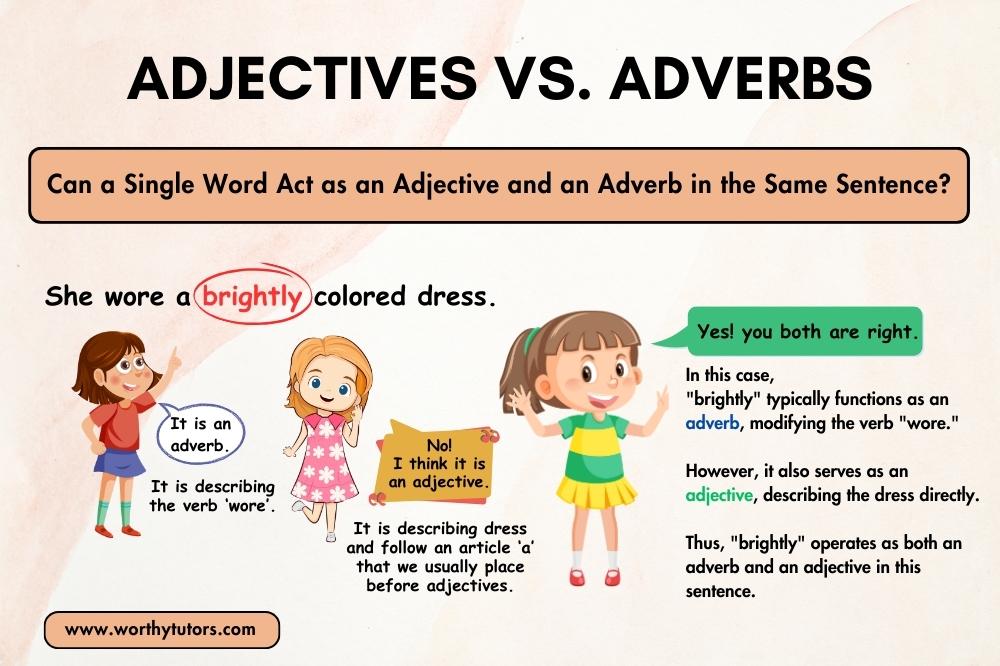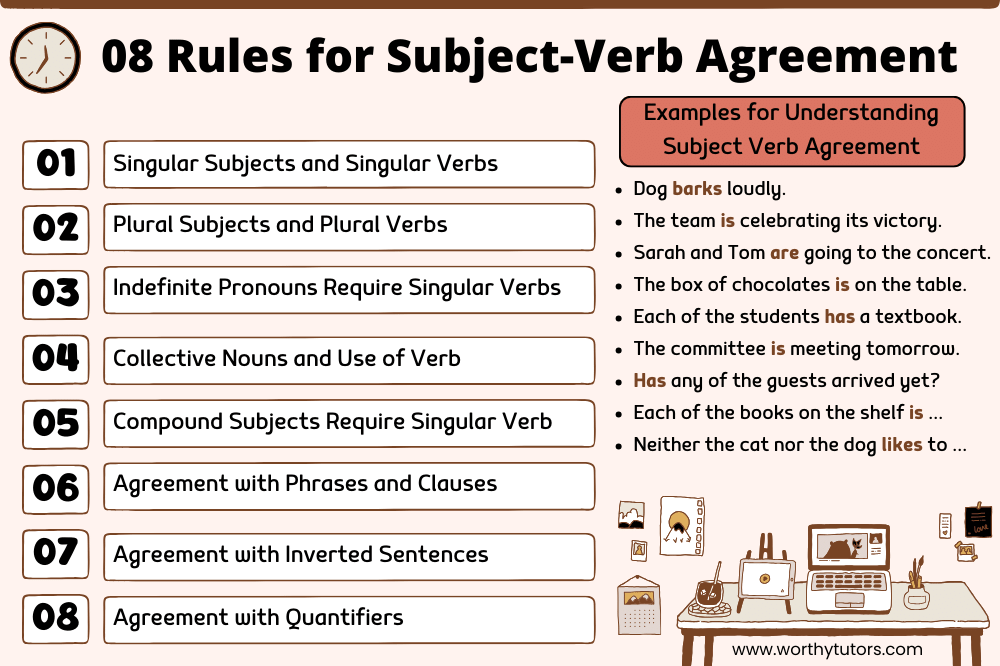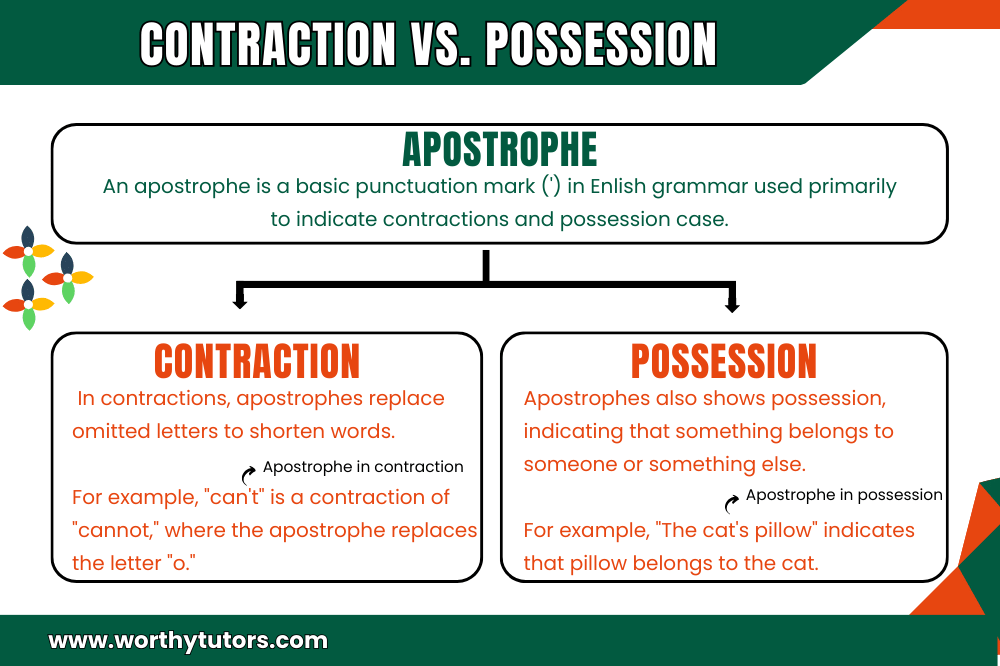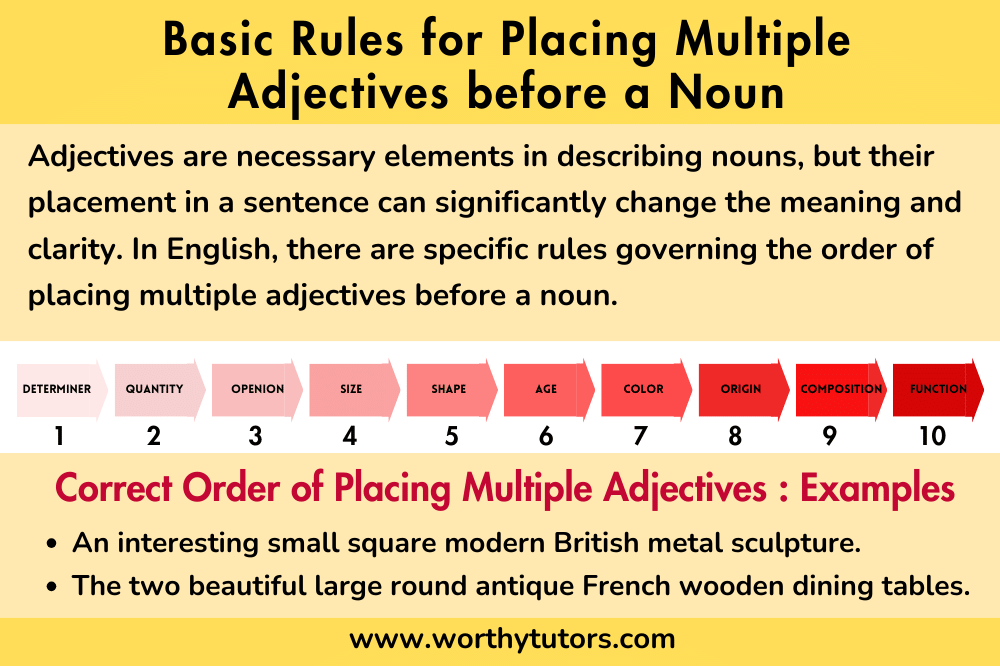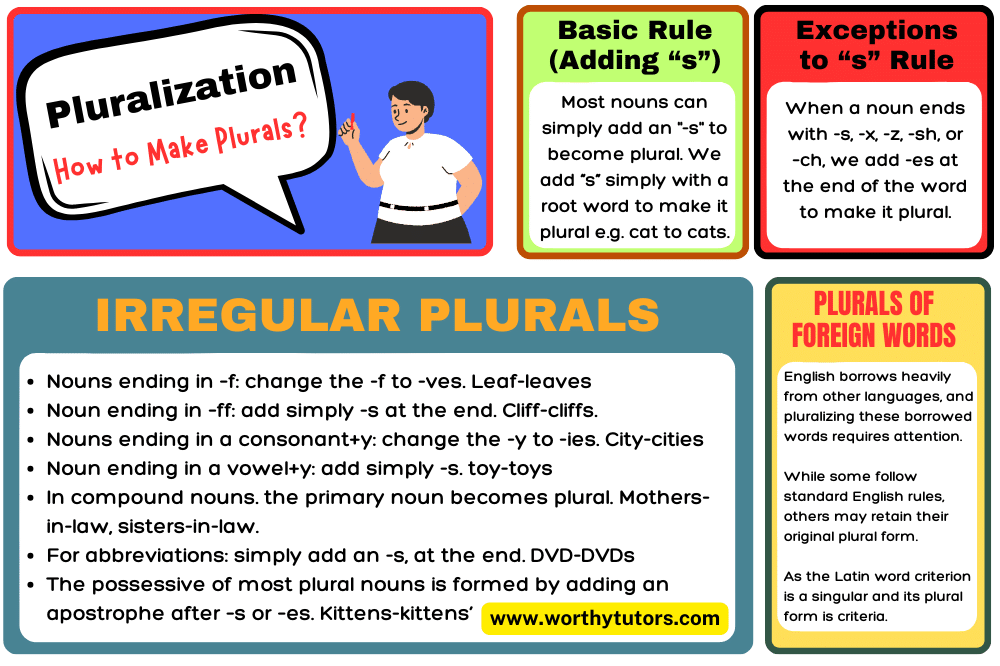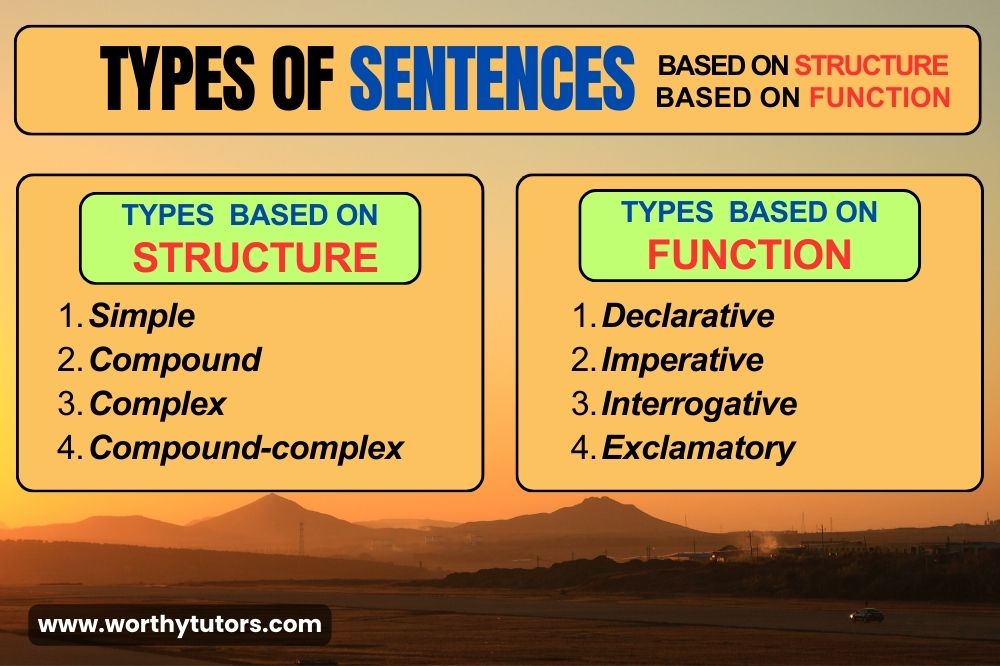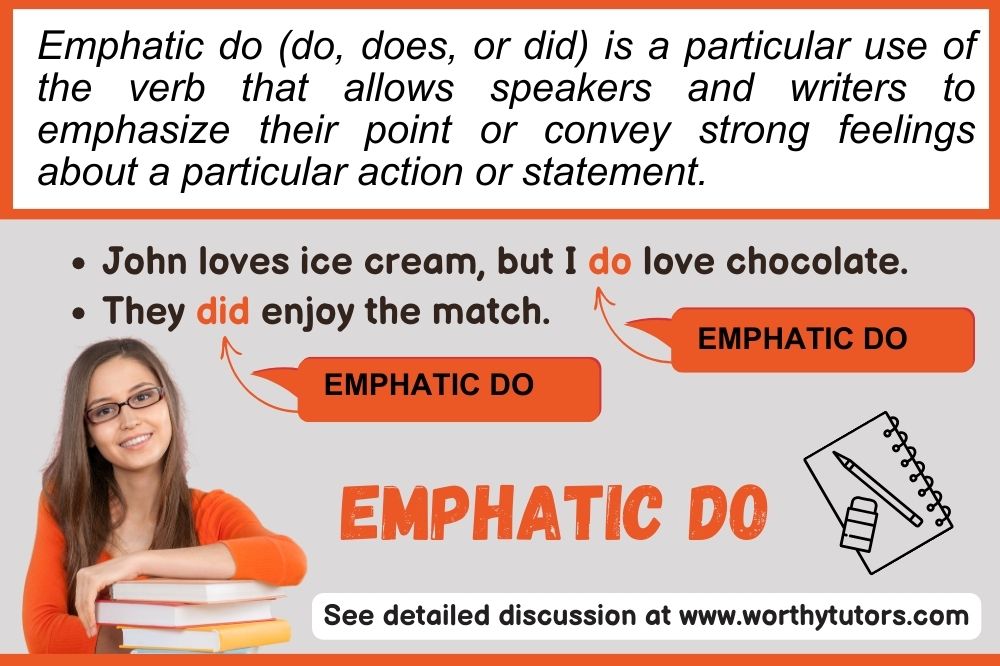Have you ever come across a sentence where a single word seems to serve as both an adjective and an …
Read MoreEnglish Grammar
08 Rules for Subject-Verb Agreement
Subject-verb agreement ensures coherence between subject and verb in a sentence. It establishes the agreement between the number and person …
Read MoreUse of an Apostrophe in Contractions and Possessives
To know about the use of an apostrophe in contraction and possessives is very tricky for students and writers. Sometimes …
Read MoreBasic Rules for Placing Multiple Adjectives before a Noun
Adjectives are necessary elements in describing nouns, but their placement in a sentence can significantly change the meaning and clarity. …
Read MoreHow to Make Plurals in English | Rules for Making Plurals
How to Make Plurals in English | Rules for Making Plurals Effective communication in English relies heavily on proper grammar, …
Read MoreTypes of Sentences Based on Structure and Function
What is a Sentence? A sentence, at its core, is a collection of words expressing a complete thought. It may …
Read More‘Emphatic Do’ in English Grammar | Explanation with Examples
Emphatic do (do, does, or did) is a particular use of the verb that allows speakers and writers to emphasize …
Read MoreDifferences Between Reflexive Pronouns and Emphatic Pronouns
We use pronouns in the place of nouns to avoid redundancy in the sentence and they help make communication more concise. Pronouns …
Read MorePossessive Pronouns vs. Possessive Adjectives
English grammar can be a difficult subject for some learners because of complex rules. One of the complex term in …
Read MoreAttributive Adjectives vs. Predicative Adjectives
Difference between Attributive Adjectives and Predicative Adjectives Adjectives make sentences colorful and interesting by giving more details about nouns. They …
Read More